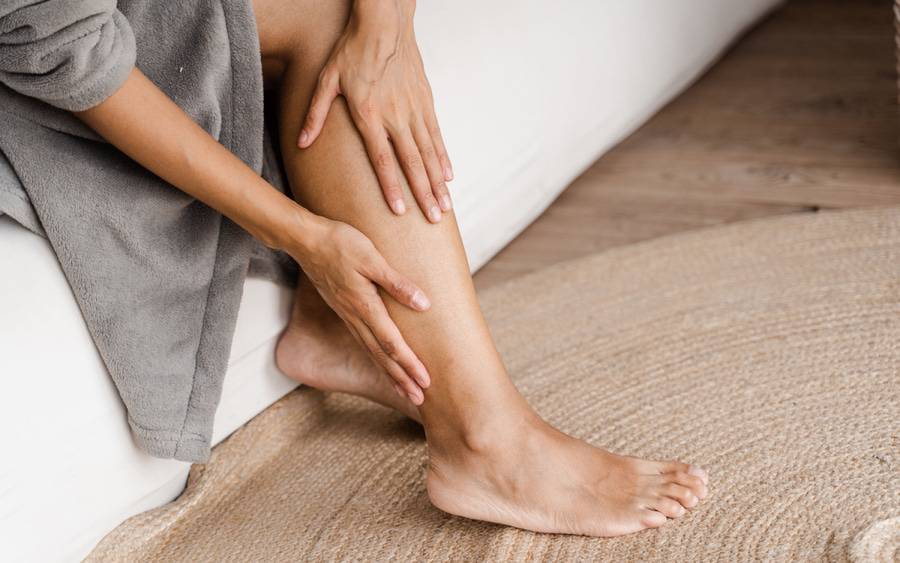4 Things That Trigger Muscle Spasms and Cramps
Leg cramps, hand and foot spasms have common causes

Leg cramps, hand and foot spasms have common causes
You’ve probably experienced a muscle spasm or cramp — that sharp stabbing pain in a muscle that wakens you from a deep sleep or trips up your run.
A cramp is a sudden contraction or tightening of a muscle that usually lasts a few seconds to a few minutes. Cramps are caused by muscle spasms — involuntary contractions of one or more muscles. Muscle cramps and spasms are most often experienced in the leg. However, hand or foot spasms, as well as cramps in the feet, arms and abdomen are also common.
For immediate relief, stretch the muscle gently and massage it to help the muscle relax. Applying heat to the cramp when the spasm begins can also help.
“Muscle cramps and spasms are often a part of the body’s normal stress response,” says Rio Dickens-Celestin, MD, an internal medicine physician at Scripps Clinic Carmel Valley.
“As a physician, I try to figure out what is triggering the pain,” says Dr. Dickens-Celestin. “In instances where extra help is needed, a course of anti-inflammatory medications, acetaminophen or muscle relaxants can often be effective.
“Identifying and addressing the underlying cause, however, is the best long-term approach,” she says.
Triggers for muscle cramps
Cramps or spasms in the muscles often have no clear cause. However, if they are keeping you up at night or interrupting your workout, explore these four common reasons:
1. Dehydration
Dehydration is a classic cause of cramps. Hot weather and exercise further deplete water in the body as you sweat to keep cool. The best defense against dehydration is prevention with fluids.
2. Sitting or standing
Muscles were made to move, so being sedentary for long periods of time can lead to cramping.
“People who have long commutes or sedentary jobs often spend long periods with muscles locked in unnatural positions,” says Dr. Dickens-Celestin. “In that case, part of the treatment plan is to find ways to create breaks in the day and optimize ergonomics in order to relieve tension.”
3. Overuse of muscle
If you go on a long bike ride or do an intense workout, you might experience cramping. When the nerves running from the brain and spinal cord down to the muscle become overexcited, the muscle can respond by cramping. If you increase the intensity of your exercise routine too quickly, your muscles aren’t used to the new movement and that can trigger cramping as well.
4. Mineral deficiency
Electrolytes and other minerals are crucial to keeping your body balanced and free from cramps and spasms. In some cases, a lack of magnesium, calcium, sodium or potassium can contribute to cramping. Check your diet. Including bananas, nuts, sweet potatoes, spinach and yogurt — which are replete in these minerals — can help.
Talk with your doctor if your muscle cramps are consistent, last a long time or are extremely severe.